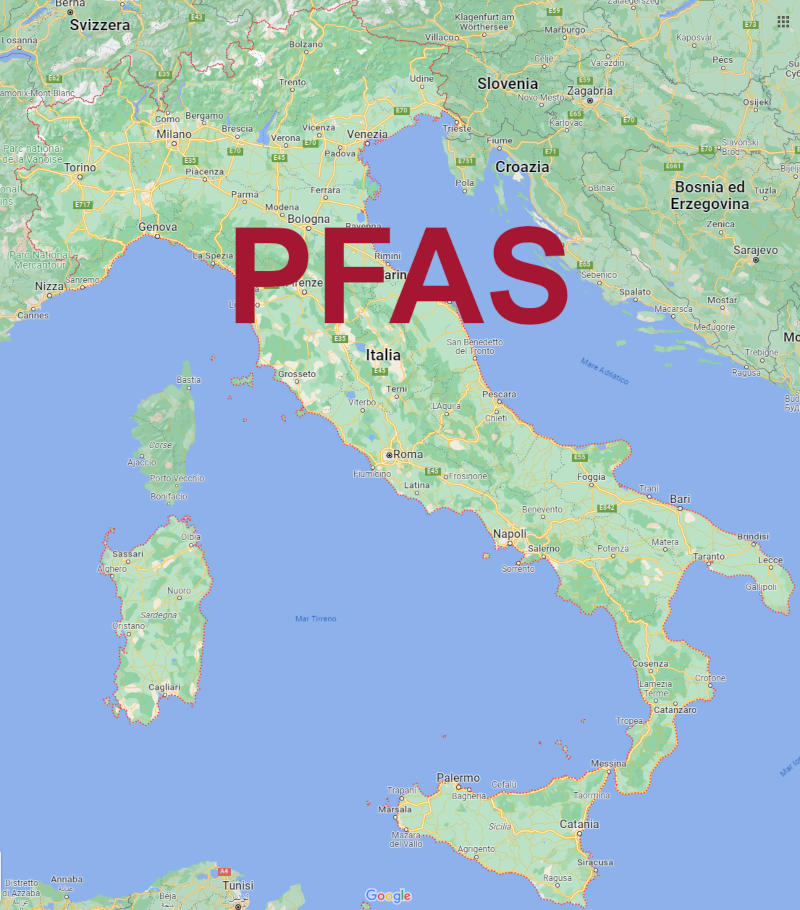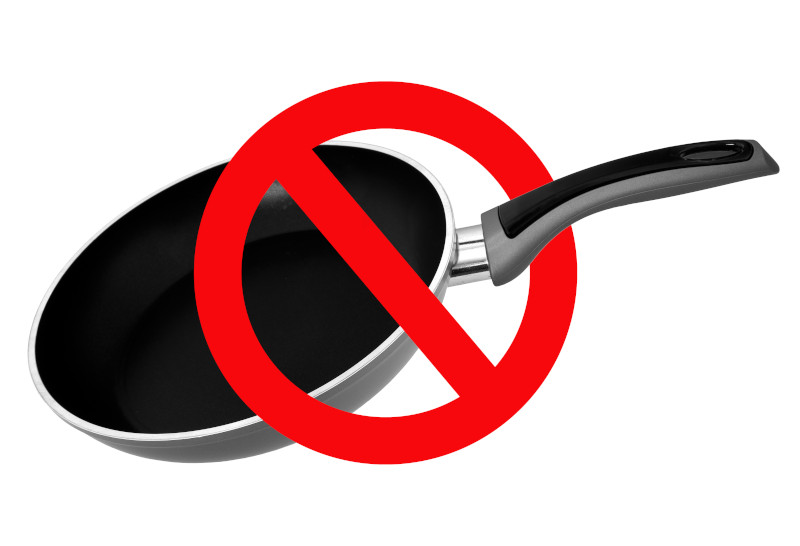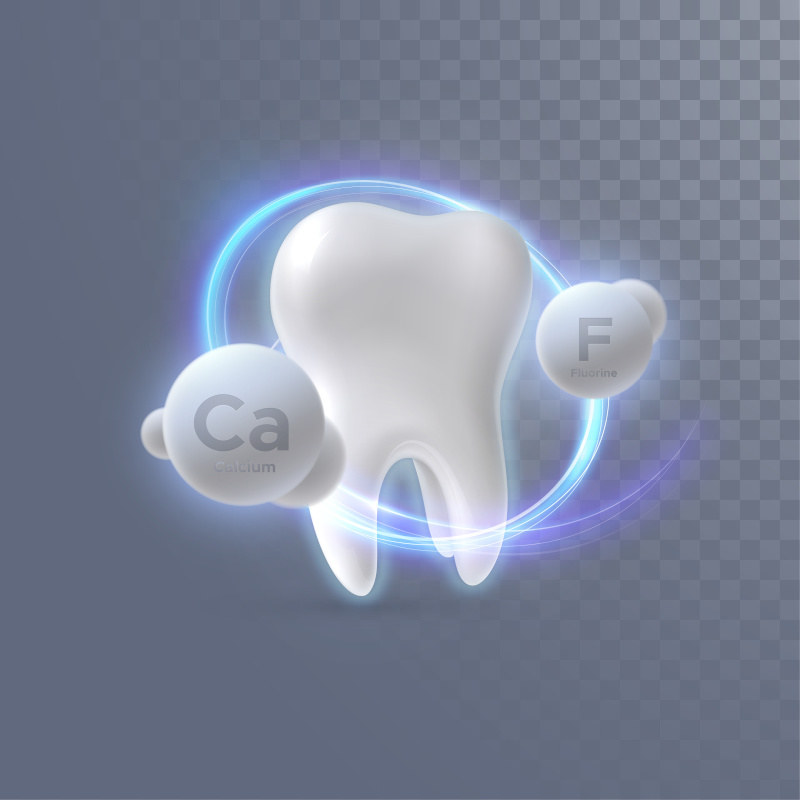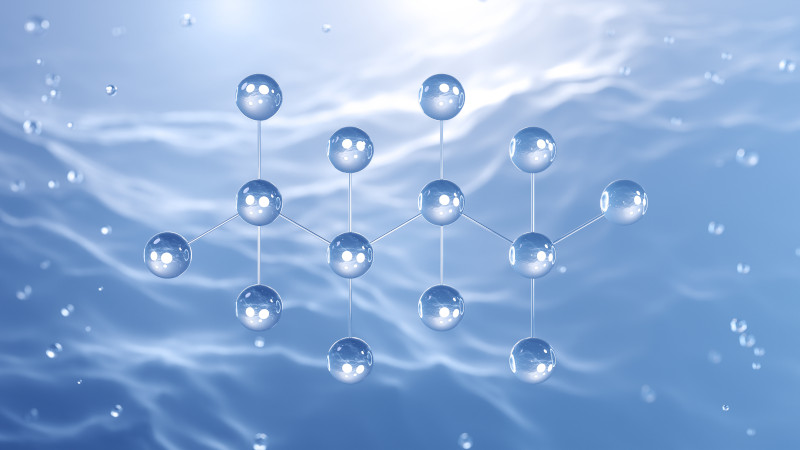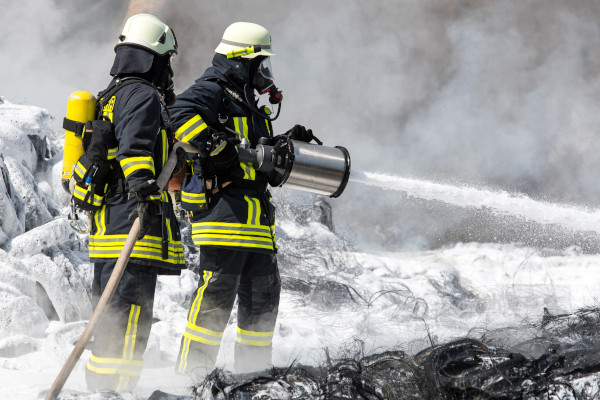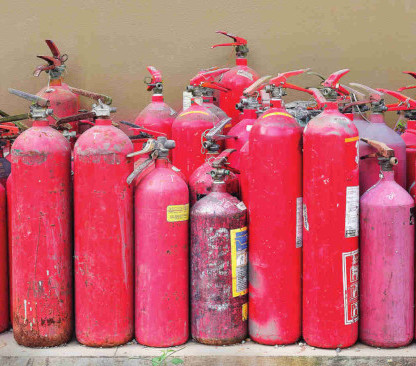At the end of February, ECHA published a status report indicating that further consultation was still needed on fluorine-containing fire extinguishers. To this end, a six-month consultation period began in March, during which you can contribute additional views and relevant ideas. Therefore, there are still no clear results regarding transition, replacement or phasing out. The final restriction proposal is expected to be submitted to ECHA in January 2023. European countries such as Denmark, Germany, the Netherlands, Norway and Sweden are mainly implementing restrictions on all PFASs, which also affect fire-fighting foams currently in use.
PFAS - The underestimated poison of the century
It is difficult to imagine consumer products free of PFAS, given their waterproof, grease-resistant and dirt-resistant properties. But only in recent years have the risks associated with these substances, which are considered persistent, harmful to health and the environment, emerged. PFASs can cause many chronic diseases and are suspected of being carcinogens. Some of these fluorides have been banned for many years. However, because of these disturbing findings, efforts are underway to restrict all PFASs. If possible, alternative products should be used.
EU Bans PFOA
Perfluorooctanoic acid (PFOA) will be banned in the EU from 2020. PFOA does not decompose in the environment and has spread worldwide. This chemical is toxic to humans and causes reproductive harm. More importantly, we have now succeeded in banning PFOA. The original proposal for a ban was made by the Federal Environment Agency in cooperation with Norway.
The ban regulates the production, use, marketing and import of PFOA, salts and their degradable derivatives of PFOA, also known as precursor compounds. PFOA and its precursors are characterized by very specific properties. They impart water-, oil- and dirt-repellent properties to the surface and are therefore used in a variety of ways, for example, in textile finishing and paper finishing. They are also often contained in fire-fighting foams used to extinguish liquid fires. The disadvantage is that, because of its many uses, PFOA has spread to all environmental compartments. PFOA is extremely stable and does not degrade in the environment. This is how it accumulates in living things. Negative effects of PFOA have also been observed in humans: PFOA is harmful to reproduction and has hepatotoxic effects. People ingest PFOA through contaminated food, air, dust, or drinking water. According to the European chemicals regulation SCOPE At the initiative of the Federal Environment Agency, PFOA was identified in 2013 as a chemical of special concern and added to the REACH candidate list.
Many companies have been looking to alternatives. Those still using PFOA and precursors can take advantage of the transition period until 2020 to use more environmentally friendly substances. But the federal environmental agency warns: other perfluorinated and polyfluorinated chemicals (PFCs) can be just as harmful. Short-chain PFCs have a similar shelf life to PFOA and can easily pollute waterways because of their mobility: they are therefore not substitutes for PFOA. Several European authorities, including the Federal Environment Agency, are currently evaluating this so-called C6 or C4 chemical. Authorities found such short-chain PFCs in groundwater in Rastatt, Baden-Württemberg. Fountains were shut down.
In addition to PFOA, many other perfluorinated and polyfluorinated chemicals are available in the EU. The Federal Environment Agency, together with Sweden, is currently developing proposals for restrictions on PFCA C9-14, which are perfluorocarboxylic acids with a carbon chain of 9 to 14 atoms. As with the restriction on PFOA, precursor compounds should be banned. Germany is expected to submit a draft ban to the European Chemicals Agency in the fall of 2017.
Additional information on PFOA restrictions: If PFOA, its salts or precursor compounds are included as a component of another substance, in a mixture or product, such as those used in waterproofing sprays, textiles and food packaging, a limit value of 25 ppb (corresponding to 25 µg/l) for PFOA and its salts and 1000 ppb (1000 µg/l) for precursor compounds.











